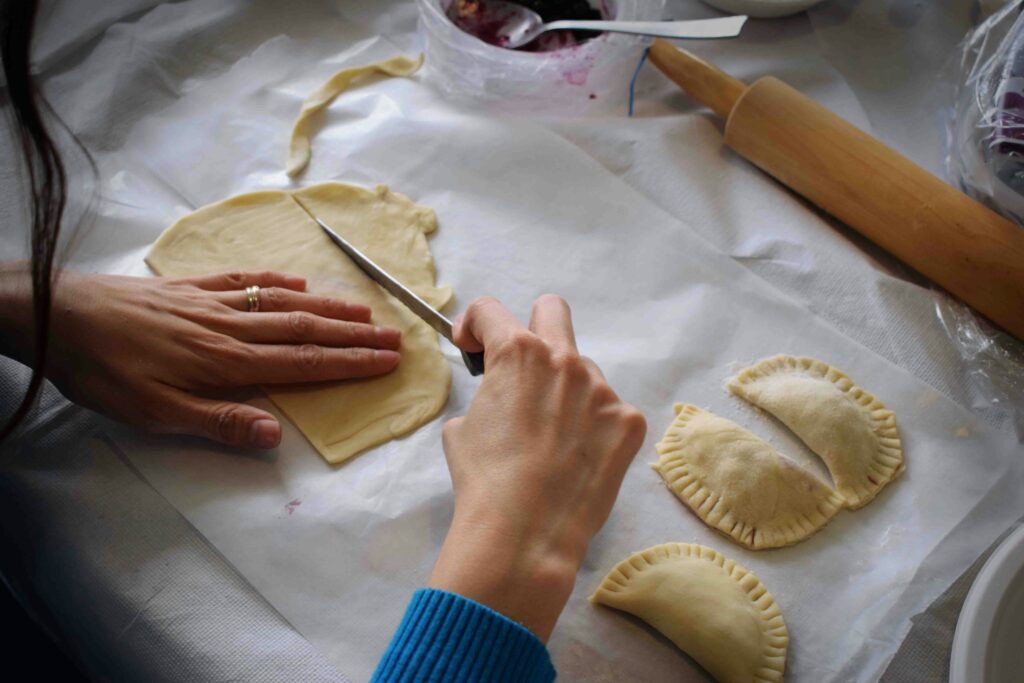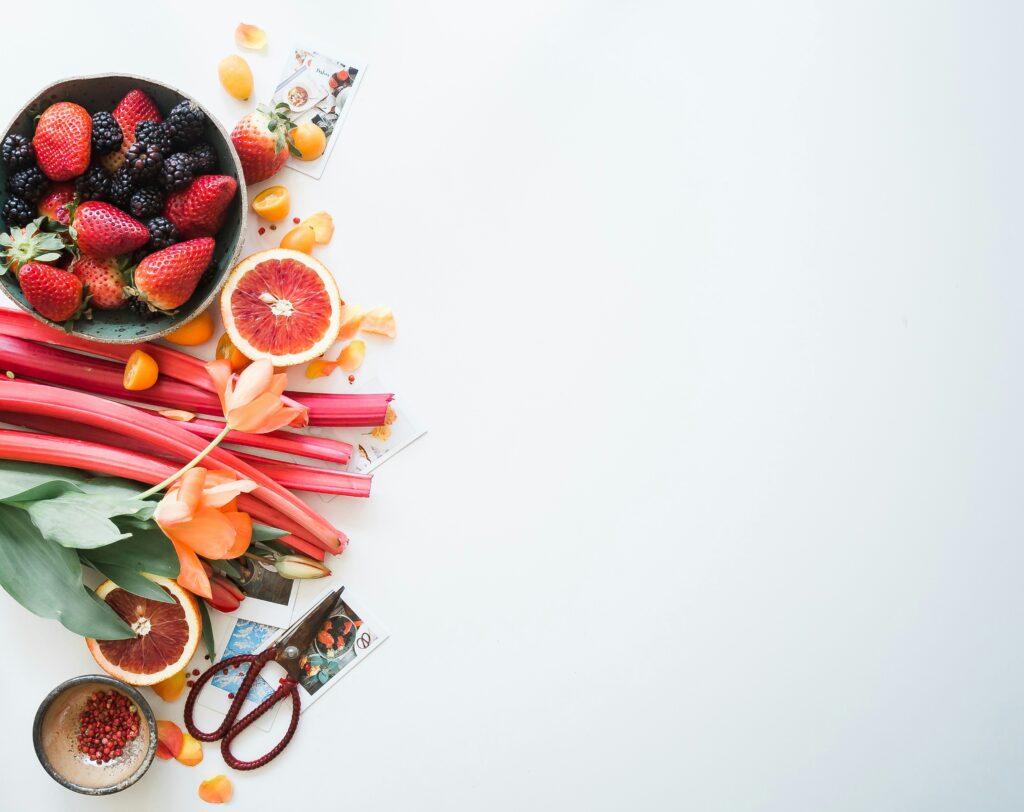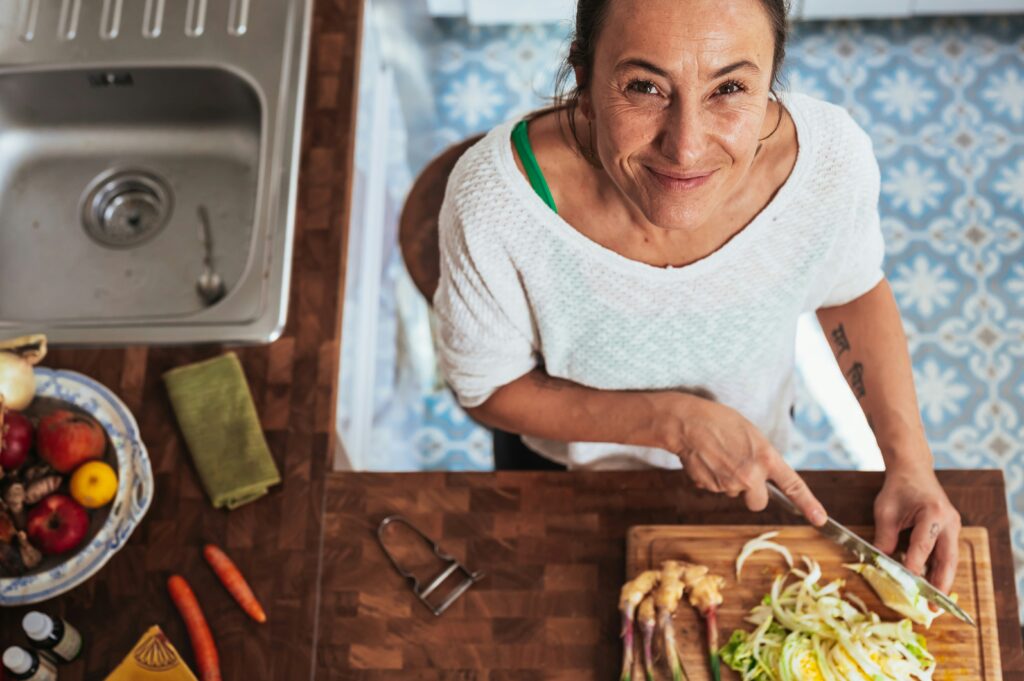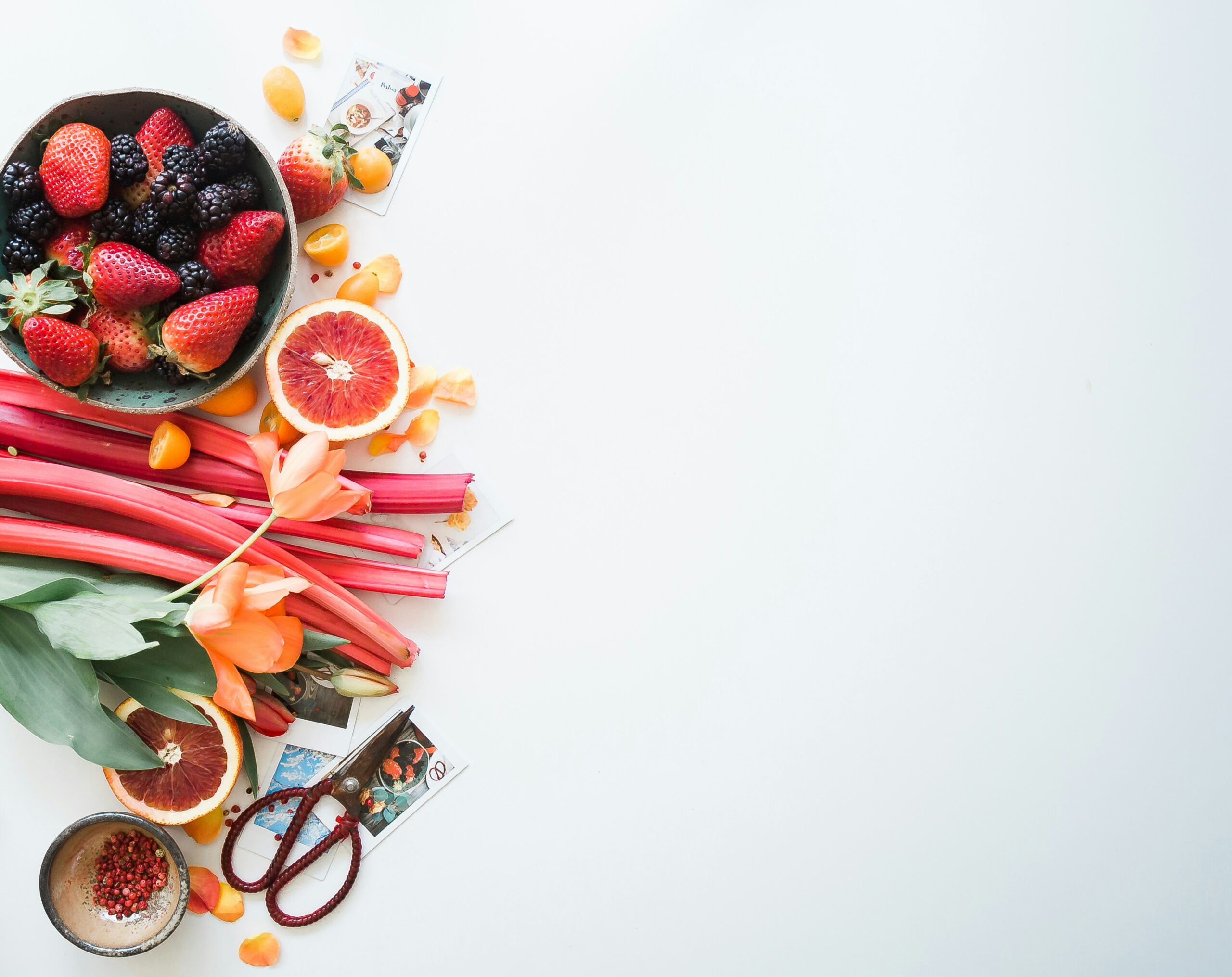When it comes to firing up a barbeque smoker, the question that often lingers is whether or not to preheat. Well, fret not, because we’re here to help! Preheating a barbeque smoker is like warming up the engines of a sports car before hitting the road – it’s a crucial step in ensuring optimal performance and mouthwatering results. By preheating your smoker, you’ll allow it to reach the desired temperature, giving your meat that perfect smoky flavor and tender texture. So, before you embark on your next grilling adventure, make sure to give your barbeque smoker the warm-up it deserves. Your taste buds will thank you later!
Understanding the Barbeque Smoker
Definition and basic functionality of a barbeque smoker
A barbeque smoker is a cooking appliance specifically designed for slow cooking and smoking food. It is commonly used for preparing meats, such as ribs, brisket, and pulled pork, but can also be used for vegetables and even desserts. Smokers work by generating and controlling the heat and smoke produced from burning wood or charcoal. This low and slow cooking method allows the flavors to penetrate the food, resulting in tender, flavorful, and smoky dishes.
Types of smokers and how they work
There are various types of smokers available in the market, each with its own unique way of generating and controlling heat and smoke. The most common types include offset smokers, vertical water smokers, pellet smokers, and electric smokers.
- Offset smokers: These feature a separate firebox attached to the cooking chamber. The firebox generates heat and smoke, which travel into the main chamber, cooking the food indirectly.
- Vertical water smokers: These consist of a water pan at the bottom, a charcoal or wood chip tray above it, and multiple cooking racks. The water pan helps regulate temperature and adds moisture to the cooking environment.
- Pellet smokers: These use wood pellets as a fuel source, which are automatically fed into the firepot by an auger. The smoker’s digital controller allows for precise temperature control.
- Electric smokers: These smokers use electricity to generate heat and smoke. They are easy to use and maintain, with temperature control being regulated by an electric heating element.
Key features of a standard barbeque smoker
While different smokers may have their own unique features, there are some common aspects that apply to most standard barbeque smokers. These include:
- Cooking chamber: This is the main compartment where the food is placed for smoking.
- Firebox: Present in offset smokers, the firebox is where the fire is lit to generate heat and smoke.
- Air vents: Found in various locations, air vents allow for temperature control by regulating the flow of oxygen to the fire.
- Temperature gauge: A built-in thermometer or temperature gauge helps monitor the cooking temperature.
- Cooking racks: These are shelves or grates where the food is placed for smoking.
- Water pan: Typically found in vertical water smokers, the water pan adds moisture to the cooking environment and helps maintain temperature stability.
Why Preheating is typically Essential
The importance of heat in cooking
Heat plays a crucial role in the cooking process by breaking down proteins, rendering fats, and transforming the texture and flavor of food. It is essential for achieving proper and even cooking of the ingredients. Without adequate heat, the food may remain undercooked, resulting in a raw or unpleasant eating experience.
How preheating contributes to the cooking process
Preheating the smoker ensures that it reaches the desired cooking temperature before placing the food inside. This step allows the smoker to achieve consistent heat distribution throughout the cooking chamber, reducing the risk of unevenly cooked or undercooked food. It also helps accelerate the cooking process and promotes the development of desirable flavors, textures, and caramelization on the food’s surface.
Effects of preheating on the texture and taste of food
Preheating the smoker creates an optimum cooking environment, allowing for better moisture retention in the food. This results in juicier and more tender meat. Additionally, preheating promotes better smoke absorption, enhancing the flavor profile of the food with a rich, smoky taste. The heat produced during preheating also helps create a desirable crust or bark on the exterior of the food, adding texture and depth to the overall dish.

Principle of Preheating in Barbeque Smoker
Understanding the concept of preheating in smoking
Preheating in smoking involves heating the smoker to the desired cooking temperature before introducing the food. This step ensures that the cooking chamber is properly heated, allowing for more efficient and reliable cooking. By preheating, you create a stable environment for the food to cook evenly and consistently.
How preheating sets the stage for the actual smoking process
Preheating the smoker sets the foundation for successful smoking. It allows the smoke to start developing immediately when the food is placed inside, enhancing the smoky flavor. Additionally, preheating helps the smoker recover heat quickly once the cooking chamber is opened, maintaining a steady and consistent cooking temperature throughout the process.
Impact of preheating on smoking duration and efficiency
Preheating the smoker reduces the overall cooking time as it eliminates the need for the smoker to heat up while the food is inside. This efficient use of time ensures that the food is exposed to the ideal smoking conditions for the necessary duration, resulting in a perfectly cooked and flavorful outcome.
What Happens if you Don’t Preheat a Barbeque Smoker?
Possible impact on cooking time
Not preheating the smoker can significantly increase the cooking time. The food will not begin cooking immediately, as the smoker needs time to reach the desired temperature. This delay can result in extended cooking periods, leading to potential drying out or overcooking of the food.
Differences in food taste and texture
Without preheating, the food may not receive an even and consistent amount of heat throughout the cooking process. This can result in variations in texture and taste, with some portions being undercooked while others are overcooked. The lack of preheating may also hinder proper smoke absorption, resulting in a milder or less pronounced smoky flavor.
The risks and downsides of skipping the preheat process
Skipping the preheating process can lead to less effective temperature control, as the smoker won’t have sufficient time to stabilize at the desired cooking temperature. This can result in fluctuations in temperature and inconsistent cooking. Additionally, the absence of preheating may increase the risk of foodborne illnesses, as the food may spend a longer time in the temperature danger zone.

Identifying the Right Temperature for Preheating
General guidelines for preheating temperature
The preheating temperature for a barbeque smoker depends on the type of smoker and the specific recipe being used. As a general guideline, preheating to a temperature range of 225°F to 275°F (107°C to 135°C) is suitable for most smoking applications. This range allows for a gentle and steady cooking process while promoting optimal smoke absorption.
How to adjust the temperature based on the type of food
Different types of food may require varying preheating temperatures to achieve the desired outcome. For example, meats with high fat content, such as pork shoulder, can benefit from a higher initial preheating temperature to aid in rendering the fat. On the other hand, delicate foods like fish or poultry may require a lower preheating temperature to avoid overcooking or drying out.
Monitoring and maintaining the preheating temperature
Once you have set the desired preheating temperature, it is crucial to monitor and maintain it throughout the process. Most smokers are equipped with built-in temperature gauges or digital controllers that allow you to keep track of the internal temperature. Regularly check and adjust the airflow vents to ensure consistent heat supply and maintain the desired temperature range.
Procedure for Preheating a Barbeque Smoker
Steps involved in preheating a smoker
- Ventilation: Ensure that the air vents on the smoker are open to allow for proper airflow during the preheating process.
- Fuel preparation: Add the desired fuel source, such as charcoal or wood chips, to the smoker’s firebox or designated area.
- Ignition: Light the fuel using a chimney starter or electric starter, following the manufacturer’s instructions.
- Heating: Allow the smoker to heat up to the desired preheating temperature before adding the food. The preheating time will vary depending on the smoker type and the ambient temperature.
- Temperature stabilization: Once the preheating temperature is reached, adjust the air vents to stabilize the temperature and maintain it throughout the cooking process.
Safety precautions during the preheating process
- Be cautious when handling the fuel and ignition sources, ensuring proper ventilation and following safety guidelines.
- Use heat-resistant gloves or tools to avoid burns when manipulating or adjusting the smoker during preheating.
- Keep a fire extinguisher nearby in case of emergencies.
- Never leave the smoker unattended during the preheating process to prevent accidents or damage.
How to know your smoker is adequately preheated
To determine if your smoker is adequately preheated, you can use an external thermometer or rely on the built-in temperature gauge. Ideally, the smoker should maintain the desired preheating temperature for at least 10-15 minutes without significant fluctuations. This ensures that the cooking chamber and its components are fully heated and ready for the food to be added.

Common Mistakes During Preheating and How to Avoid Them
Overheating or underheating the smoker
One common mistake is overshooting or undershooting the desired preheating temperature. It is essential to carefully monitor the temperature and make necessary adjustments to avoid extremes. Regularly check the smoker’s temperature gauge and adjust the fuel intake or airflow accordingly to maintain the desired range.
Failing to preheat for long enough
Insufficient preheating time can result in an unstable cooking environment and inconsistent heat distribution. Always allow the smoker to reach the desired preheating temperature and stabilize for the recommended duration before adding the food. This ensures that the smoker is fully heated and ready for efficient cooking.
Ignoring temperature fluctuations during preheating
Temperature fluctuations during the preheating process can affect the overall cooking process and result in unevenly cooked food. It is crucial to monitor the smoker’s internal temperature and make necessary adjustments to maintain a steady preheating temperature. Regularly check the fuel levels and airflow vents to ensure proper heat supply and minimize temperature fluctuations.
Does Preheating Apply to All Types of Smokers?
Comparison of preheating requirements in different styles of smokers
Preheating is generally recommended for all types of smokers, regardless of the specific style or fuel source used. The process of preheating helps create a stable cooking environment, ensures even heat distribution, and contributes to the overall quality of the smoked food.
Unique features in some smokers that may affect preheating
While preheating is essential for most smokers, certain types may have unique features that affect the preheating process. For example, electric smokers typically require less preheating time compared to charcoal or wood-fired smokers due to their efficient and controlled heating elements. It is important to refer to the manufacturer’s instructions for specific preheating guidelines based on the smoker’s design and features.
Understanding manufacturer’s instructions about preheating
Manufacturer’s instructions provide valuable guidelines and insight into the specific preheating requirements of a barbeque smoker. These instructions take into account the design, materials, and functionality of the smoker, ensuring optimal performance and longevity. Always refer to the manufacturer’s recommendations to understand the preheating process for your specific smoker model.
Impact of Outdoor Conditions on Preheating
Effect of outdoor temperature on preheating a smoker
Outdoor temperature can influence the preheating process, as it affects the smoker’s ability to generate and maintain heat. In colder temperatures, it may take longer for the smoker to reach the desired preheating temperature. On the other hand, higher temperatures may require adjustments to the fuel intake or airflow to prevent overheating. It is important to account for the outdoor temperature and make necessary adjustments during the preheating process.
How wind and weather conditions can influence preheating
Wind and weather conditions can impact the preheating process by affecting the smoker’s ability to maintain a stable cooking temperature. Windy conditions can cause temperature fluctuations and hinder proper heating. To mitigate these effects, position the smoker in a sheltered area, use windbreakers if necessary, and adjust the airflow vents accordingly.
Adjusting preheating procedure based on outdoor conditions
To adapt to outdoor conditions during preheating, follow these guidelines:
- In colder temperatures, allow for additional preheating time to compensate for heat loss.
- In hotter temperatures, monitor the smoker carefully and adjust the fuel intake and airflow to prevent overheating.
- In windy conditions, position the smoker in a sheltered area, shield it with windbreakers, and adjust the vents to minimize the impact of wind.
Consequences of Poor Preheating
Impact on food safety and health risks
Poor preheating can lead to inadequate cooking temperatures, which poses a risk for foodborne illnesses. Insufficient preheating may result in undercooked food that does not reach the necessary internal temperature to kill bacteria or parasites. Ensuring proper preheating helps create a safe cooking environment and minimizes the risk of foodborne diseases.
Influence on food taste and texture
Neglecting to preheat the smoker can negatively impact the taste and texture of the food. Inadequate heat distribution can result in unevenly cooked or undercooked portions of the food, leading to variations in taste and texture. By preheating, you set the stage for achieving the desired flavors, tenderness, and smoky quality in your dishes.
Potential damage to the smoker due to improper preheating
Inadequate preheating or improper handling can cause damage to the smoker. Rapid temperature changes, overheating, or overexposure to high temperatures can strain the components of the smoker, leading to premature wear and tear. Proper preheating techniques help maintain the longevity and functionality of the smoker.
In conclusion, preheating a barbeque smoker is crucial for achieving successful smoking results. It ensures even heat distribution, enhances flavor development, speeds up cooking times, and promotes food safety. By understanding the concept of preheating, following proper procedures, and adjusting for outdoor conditions, you can maximize the potential of your barbeque smoker and create delicious, smoky dishes that will impress everyone at your next cookout.

